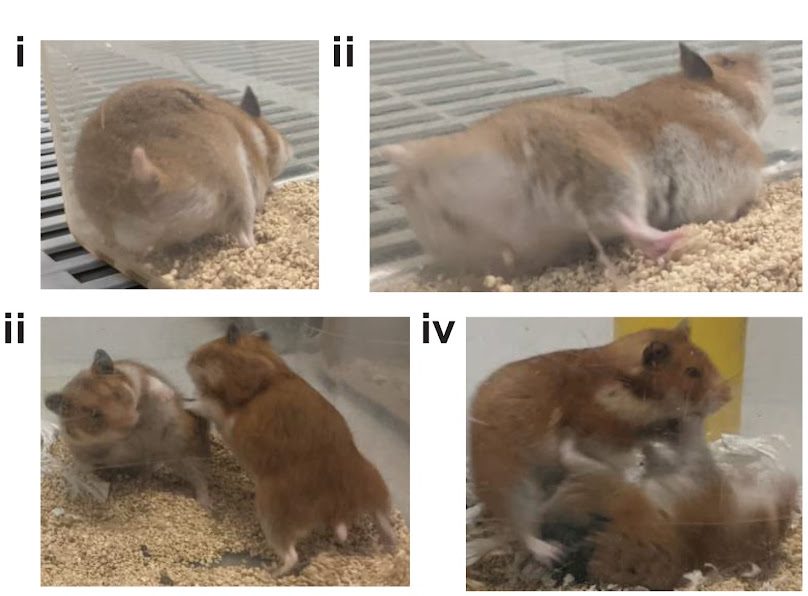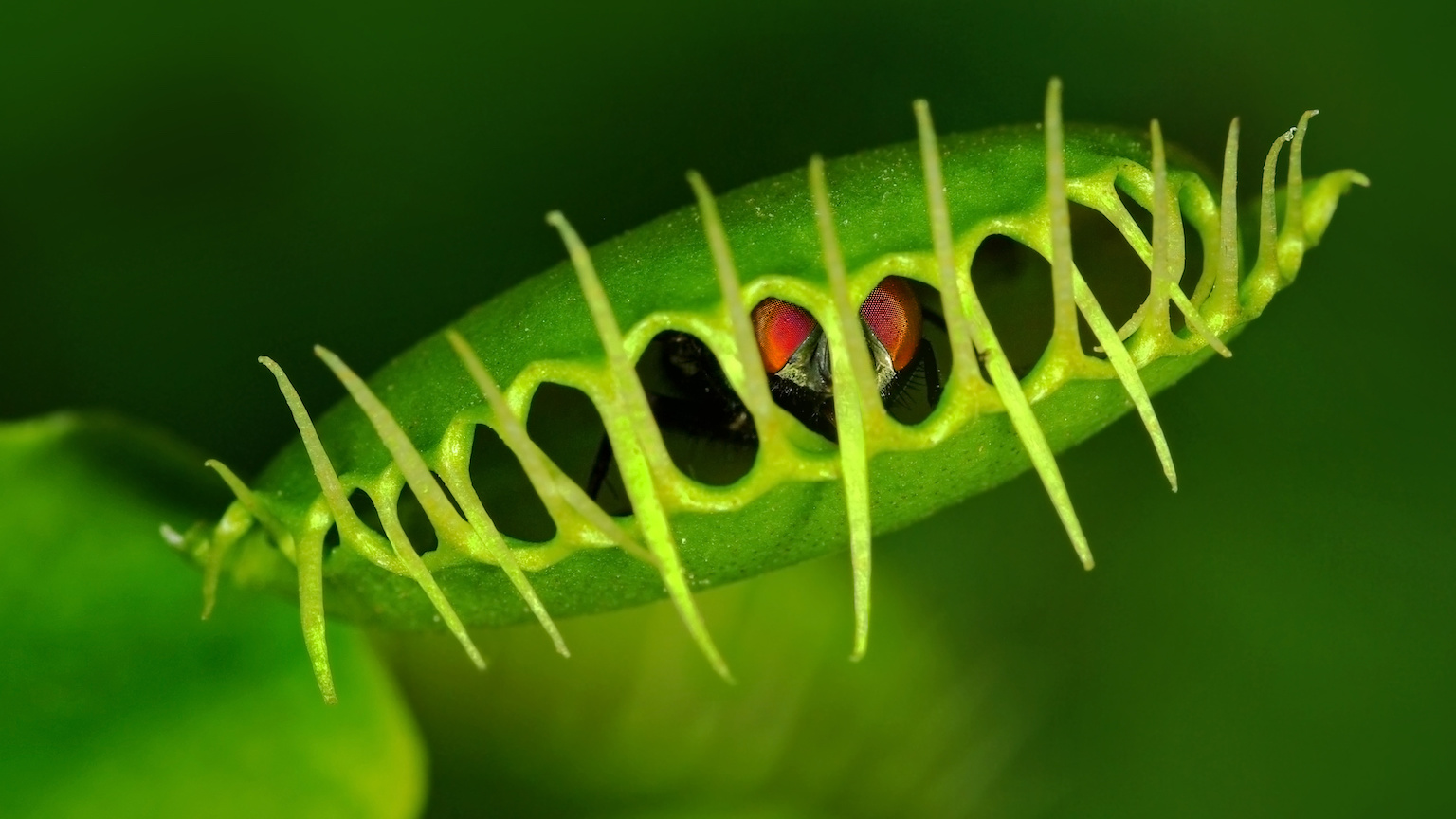Cannibal squid change color to “speak” in a way that resembles human language

- The jumbo flying squid is a cannibalistic predator with long tentacles covered in up to 200 suckers, each lined with razor-sharp teeth.
- Despite their cannibalistic tendencies, the squid hunts in schools of over a thousand individuals.
- Researchers found that the squid have developed a complex language based on flickering pigments that is eerily close to human syntax.
In 2000, The Onion published a provocative thought experiment: How quickly would humans fall from the top of the animal kingdom if dolphins, who have a greater cranial capacity than us and are arguably more sadistic, had the ability to grab things? At the time, it seemed funny.
However, 20 years later, two marine biologists made a creepy discovery regarding cannibalistic squid that are exceptionally well-equipped at grasping things with their teeth-covered tentacles: The squid use human-like syntax to communicate with changing pigmentation patterns. Now, who’s laughing?
Teeth-covered tentacles and cannibalistic tendencies
The jumbo flying squid (Dosidicus gigas) is the fiercest of all the cephalopods, a group that comprises squid, octopi, and cuttlefish. When the five-foot-long predator spots its prey, it ejects a burst of water from a siphon, torpedoing itself at speeds up to 15 mph (nearly three times the speed of the fastest human swimmer). When the prey is within reach, the squid ensnares it with two long tentacles covered in up to 200 suckers, each lined with razor-sharp teeth, and pulls it back toward a parrot-like beak and tongue-like organ covered with even more teeth.

Their prey consists of small fish and crustaceans, but they are also notoriously cannibalistic, devouring their fellow squid at the mere hint of weakness. A 2010 study analyzed the stomach contents of over 2,000 squid off the coast of Chile. The task proved to be alarmingly tricky. As soon as a fellow squid was hooked, the others would rush it and start chomping away. Half the stomachs the researchers investigated contained the beaks of jumbo flying squid.
Surprisingly, these cannibalistic hunters are highly social creatures, traveling in schools of up to 1,200 individuals. When the school hunts, it appears to be a free-for-all feeding frenzy.
In 2020, however, marine biologists discovered that jumbo flying squid are surprisingly coordinated. Despite their large numbers, the squid rarely bumped into each other or competed for the same prey. The scientists hypothesized that the flickering pigments allowed the squid to quickly communicate complex messages, such as when it was preparing to attack and what it was targeting.
Jumbo flying squid use human-like syntax
The researchers observed that the squid displayed 12 distinct pigmentation patterns in a variety of sequences, similar to how humans arrange words in a sentence. For example, squid darkened while pursuing prey and then shifted to a half light/half dark pattern immediately before striking. The researchers hypothesized that these whole-body pigment changes signaled a precise action, such as “I’m about to attack.”
More interestingly (or worrisome), the researchers also believe the squid use subtle pigment changes to provide more context to the action. For example, they sometimes flashed pale stripes along their torso before darkening, possibly denoting the type or location of prey. This suggested that the squid may arrange the patterns to modify the meaning of other patterns, creating what humans call “syntax.”
Unfortunately, the researchers didn’t have enough data to uncover the meaning of these subtle cues, but it might be essential for communicating with our future overlords.





